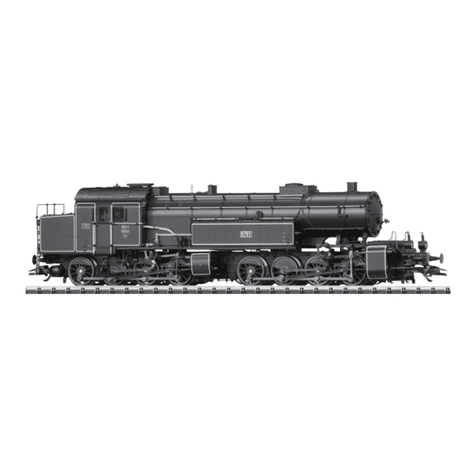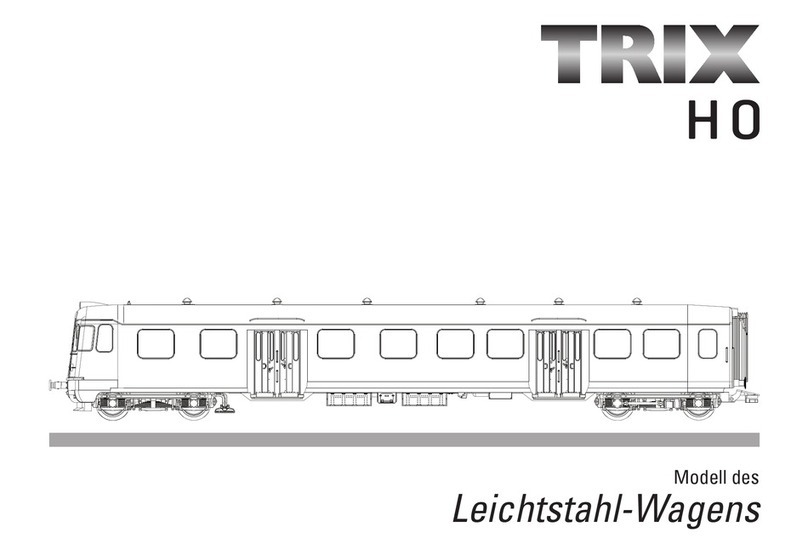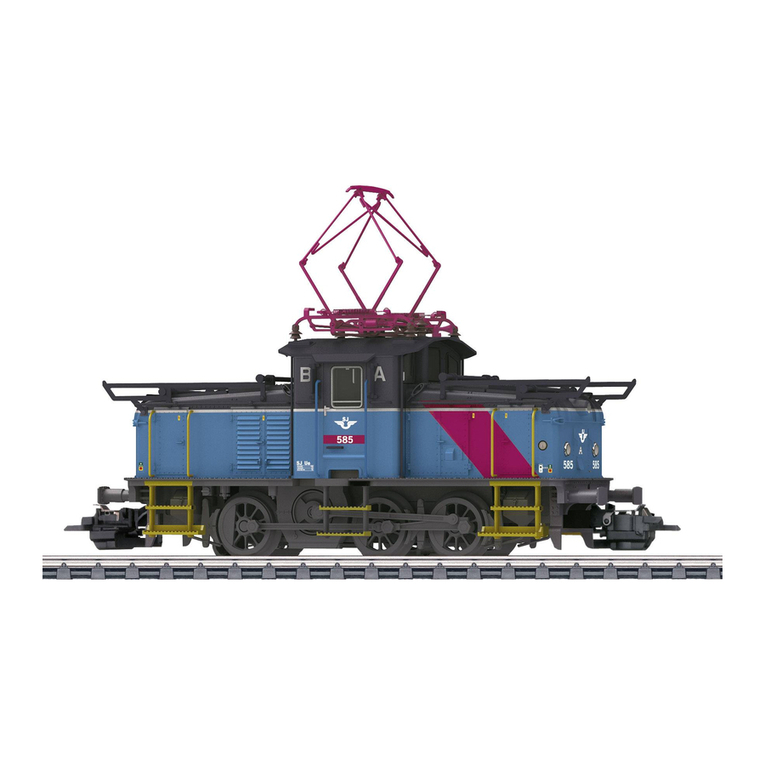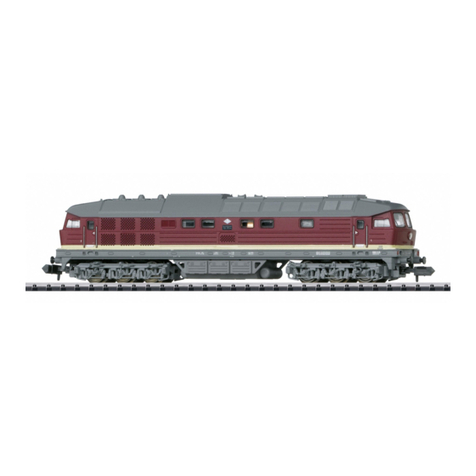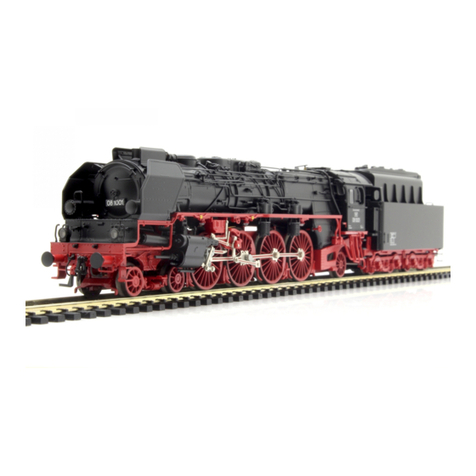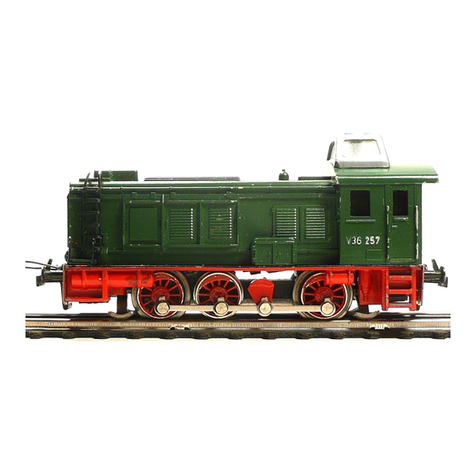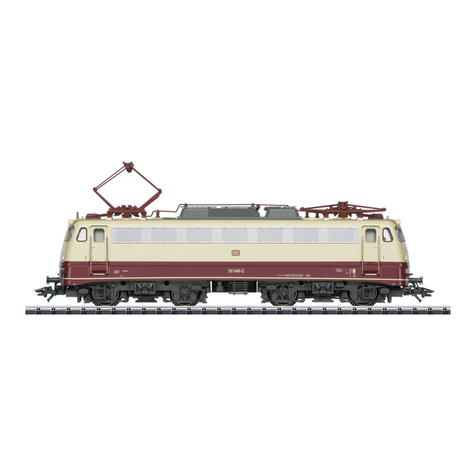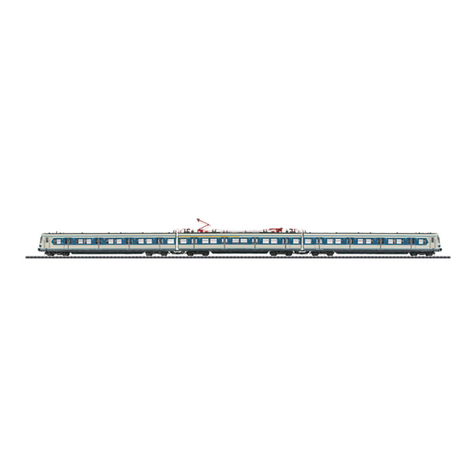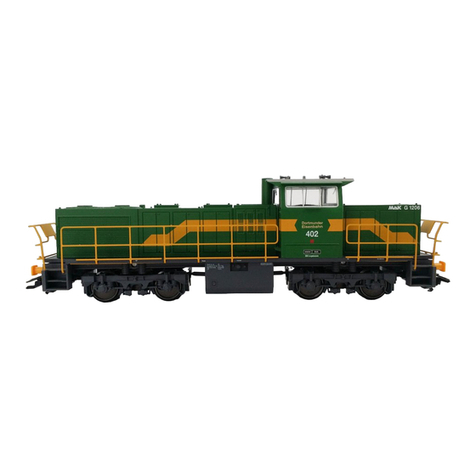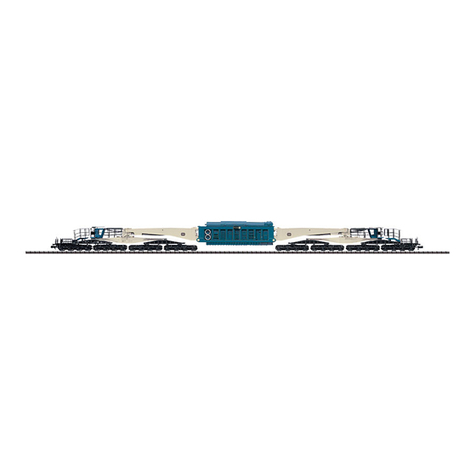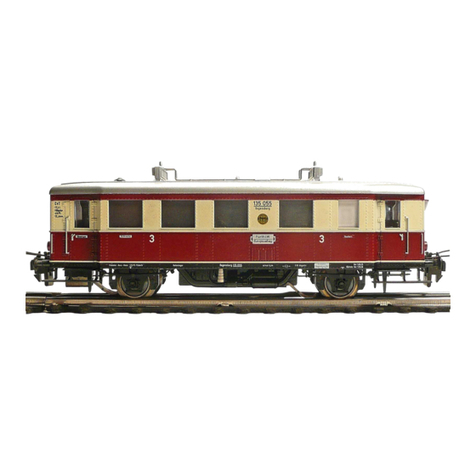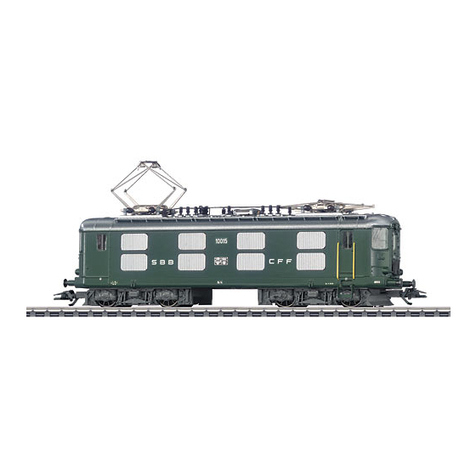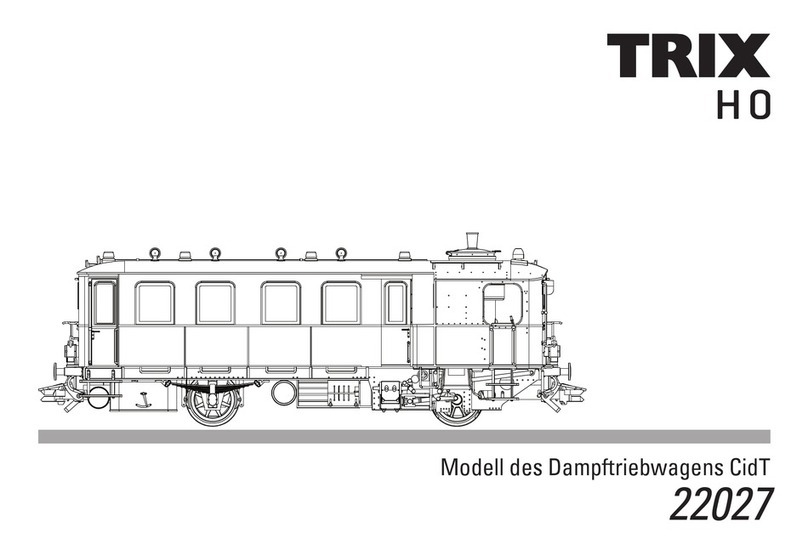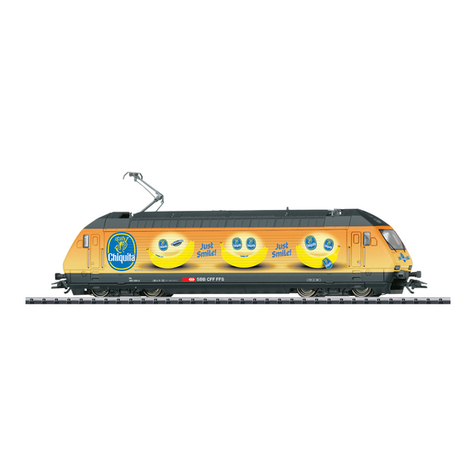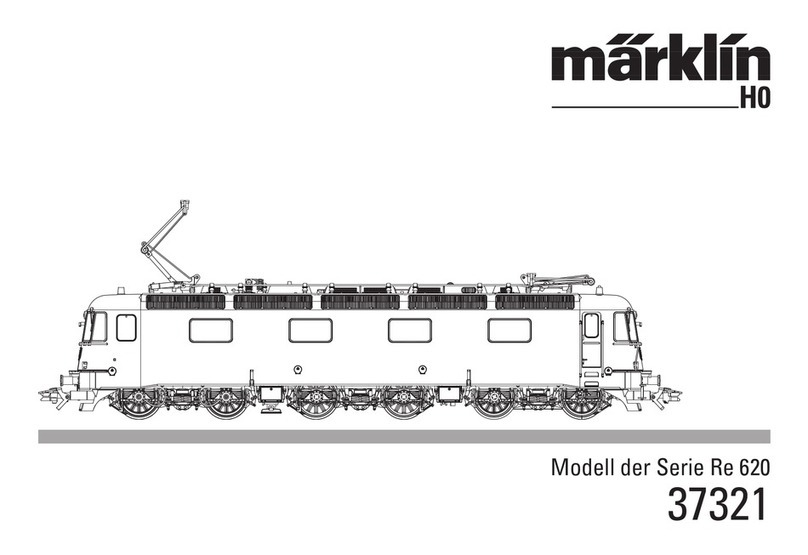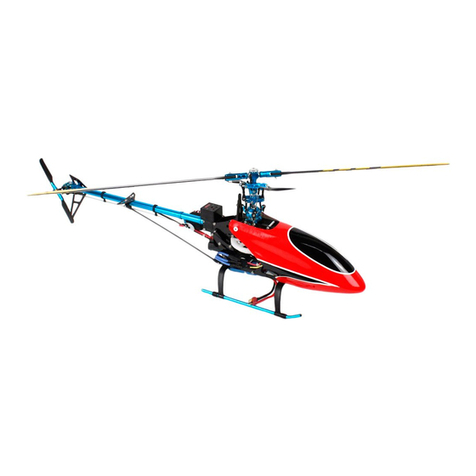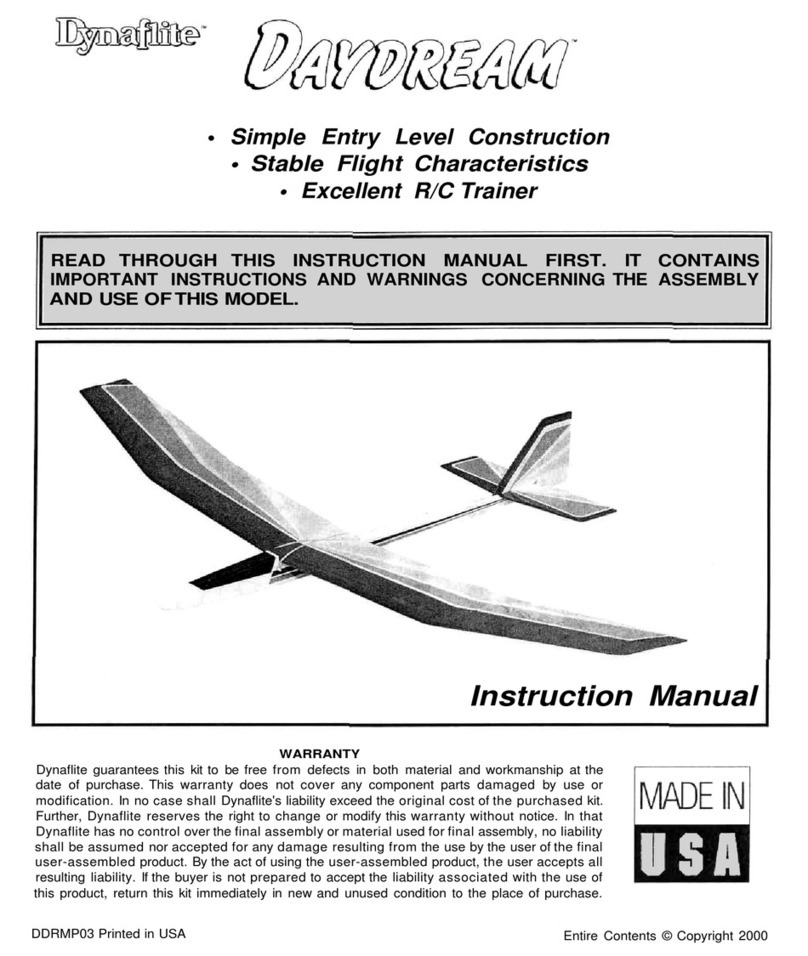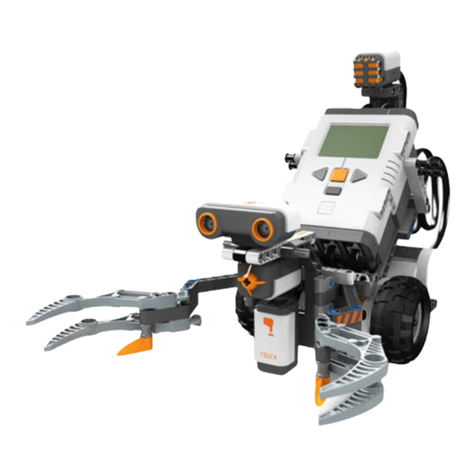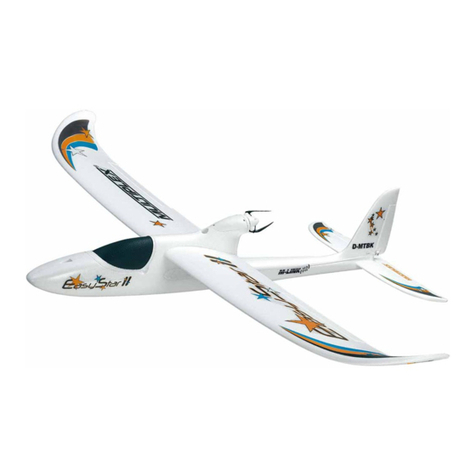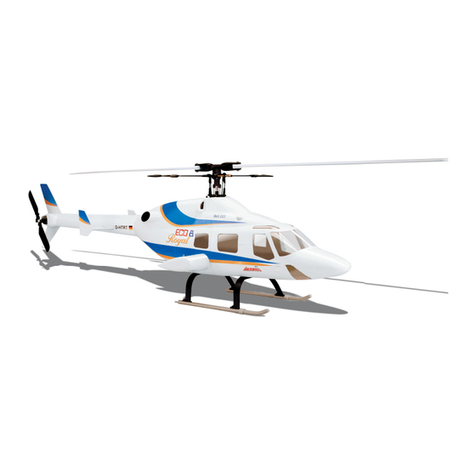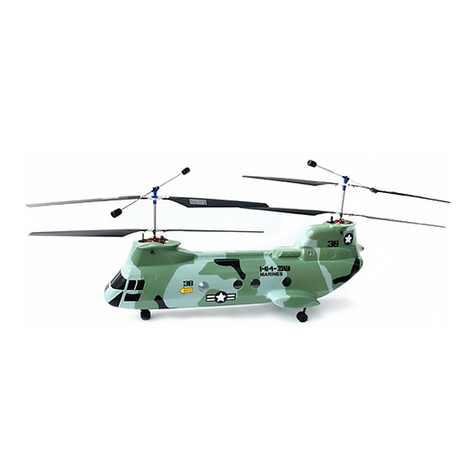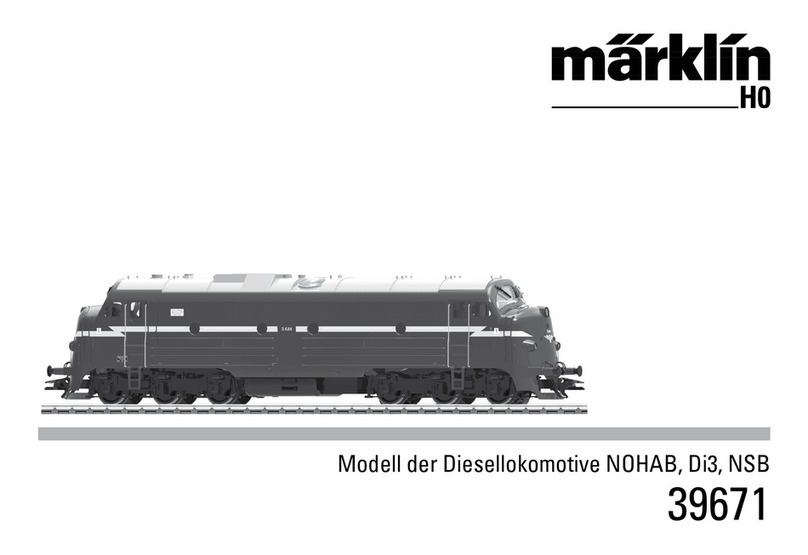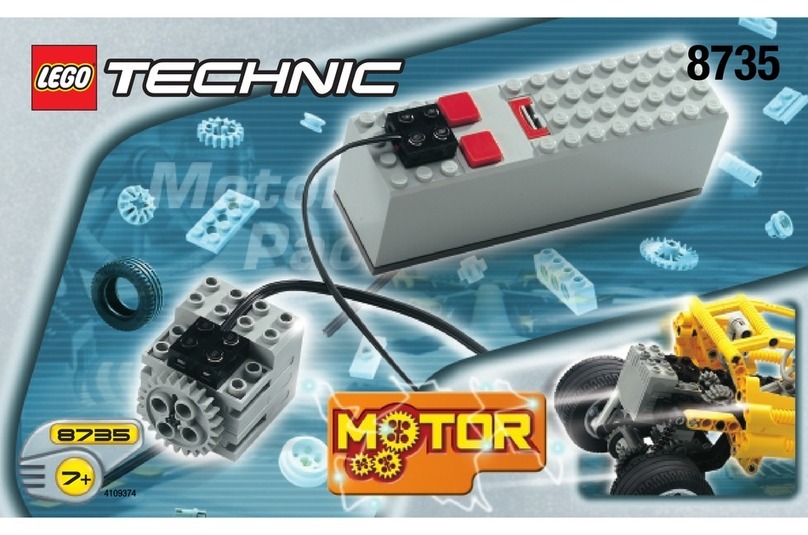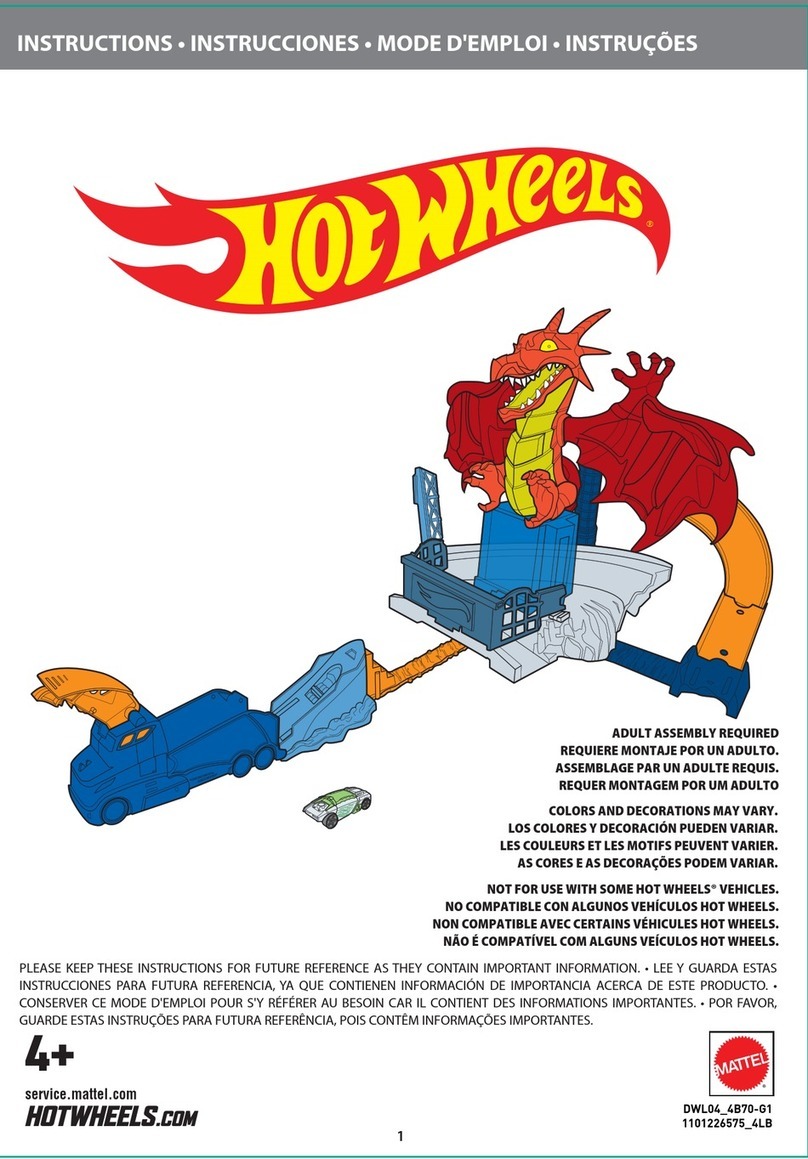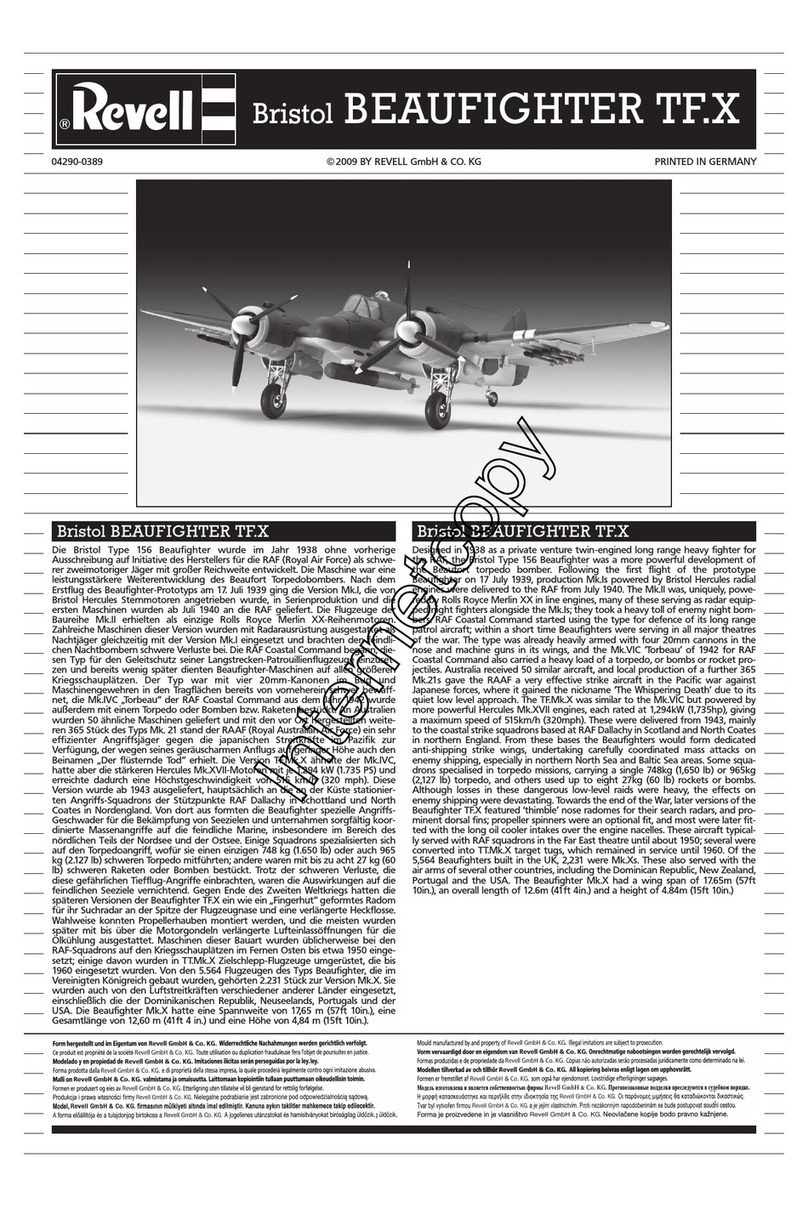
6
Sicherheitshinweise
• Die Lok darf nur mit einem dafür bestimmten Betriebssys-
tem eingesetzt werden.
• Analog max. 15 Volt =, digital max. 22 Volt ~.
• Die Lok darf nur aus einer Leistungsquelle versorgt werden.
• Beachten Sie unbedingt die Sicherheitshinweise in der
Bedienungsanleitung zu Ihrem Betriebssystem.
• Für den konventionellen Betrieb der Lok muss das An-
schlussgleis entstört werden. Dazu ist das Entstörset
E611 655 zu verwenden. Für Digitalbetrieb ist das Entstör-
set nicht geeignet.
• ACHTUNG! Funktionsbedingte scharfe Kanten und Spitzen.
• Setzen Sie das Modell keiner direkten Sonneneinstrah-
lung, starken Temperaturschwankungen oder hoher
Luftfeuchtigkeit aus.
• Verbaute LED`s entsprechen der Laserklasse 1 nach
Norm EN 60825-1.
Wichtige Hinweise
• Die Bedienungsanleitung und die Verpackung sind Be-
standteile des Produktes und müssen deshalb aufbewahrt
sowie bei Weitergabe des Produktes mitgegeben werden.
• Für Reparaturen oder Ersatzteile wenden Sie sich bitte an
Ihren Trix-Fachhändler.
• Gewährleistung und Garantie gemäß der beiliegenden
Garantieurkunde.
• Entsorgung: www.maerklin.com/en/imprint.html
• Eingebaute, fahrtrichtungsabhängige Stirnbeleuchtung.
Im Digitalbetrieb schaltbar.
• Fahrtrichtungsabhängig wechselnder Lokführer.
• Diverse schaltbare Funktionen.
• Der volle Funktionsumfang ist nur unter DCC und unter
mfx verfügbar.
• RailCom®Rückmeldung (im Auslieferungszustand abge-
schaltet).
• Befahrbarer Mindestradius 360 mm.
• Die Lok ist nicht auf Oberleitungsbetrieb umschaltbar.
Multiprotokollbetrieb
Analogbetrieb
Der Decoder kann auch auf analogen Anlagen oder Gleis-
abschnitten betrieben werden. Der Decoder erkennt die
analoge Gleichspannung (DC) automatisch und passt sich
der analogen Gleisspannung an. Es sind alle Funktionen,
mit Ausnahme von Soundfunktionen, die unter mfx oder
DCC für den Analogbetrieb eingestellt wurden aktiv (siehe
Digitalbetrieb).
Digitalbetrieb
Der Decoder ist ein Multiprotokolldecoder. Der Decoder
kann unter folgenden Digital-Protokollen eingesetzt werden:
mfx, DCC oder MM.
Adresse ab Werk: DCC 03 / MM 03
Das Digital-Protokoll mit den meisten Möglichkeiten ist das
höchstwertige Digital-Protokoll. Die Reihenfolge der Digital-
Protokolle ist in der Wertung fallend:
Priorität 1: mfx
Priorität 2: DCC
Priorität 3: MM
RailCom ist ein eingetragenes Warenzeichen der Firma Lenz Elektronik GmbH

